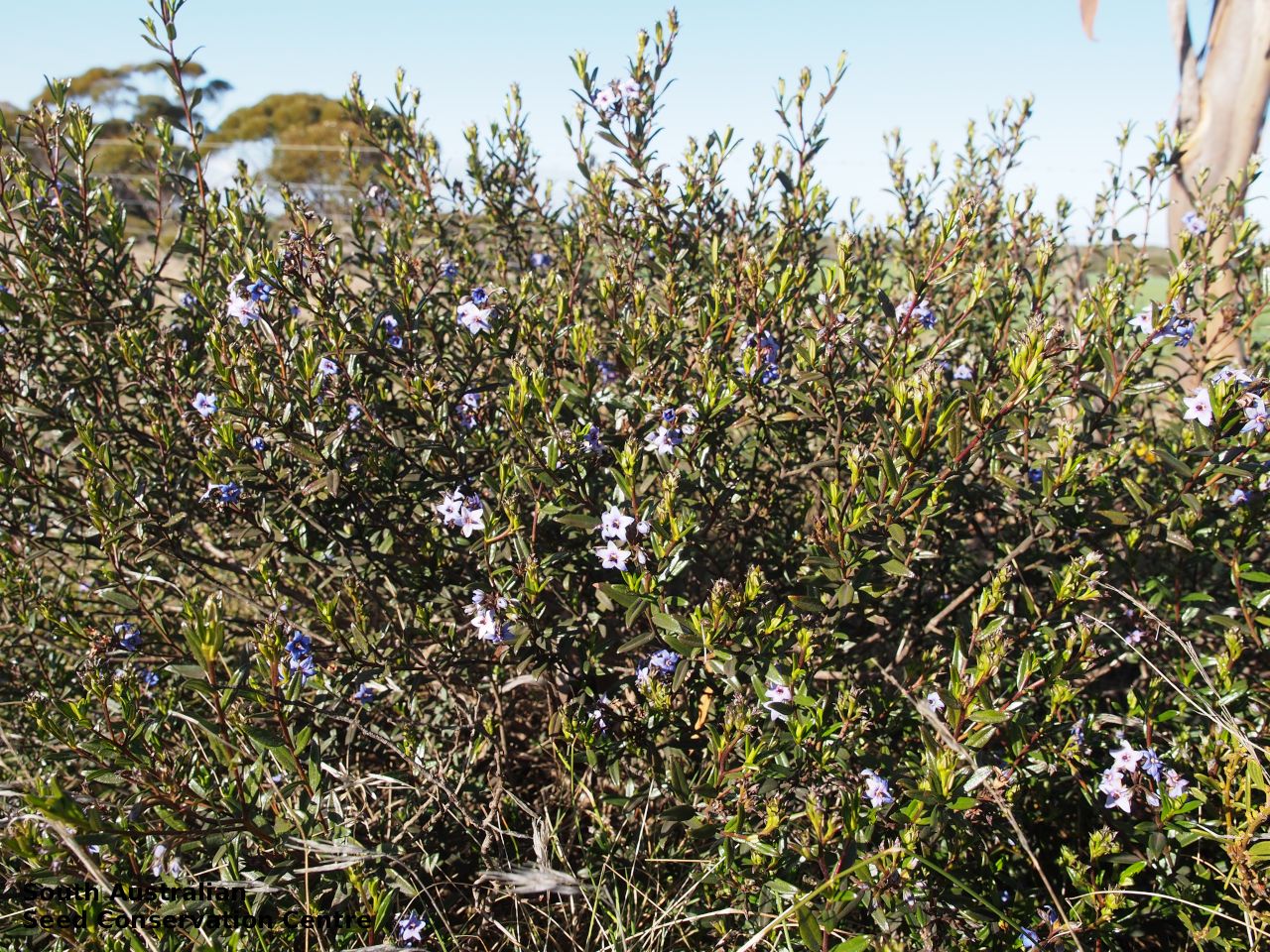
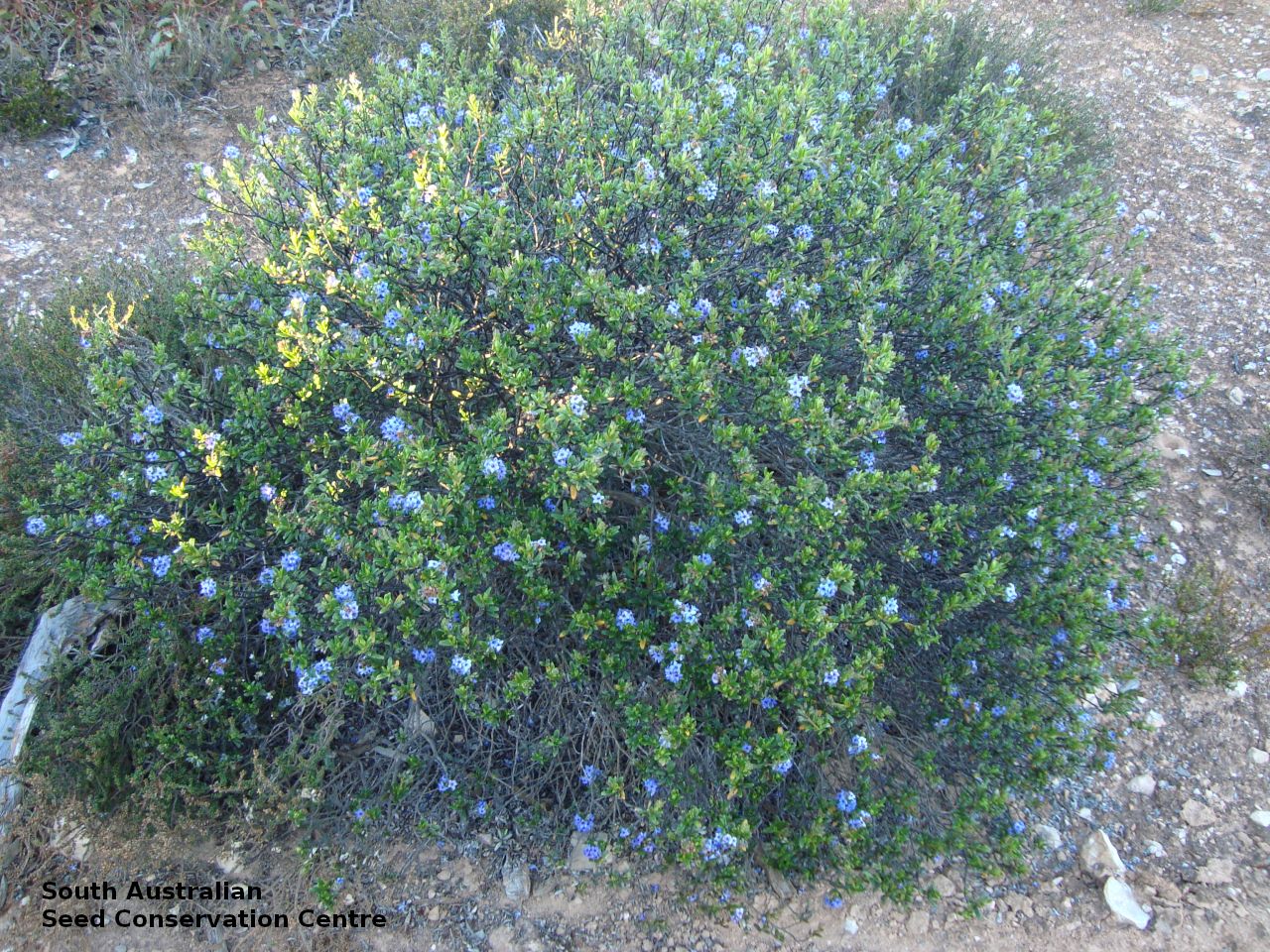
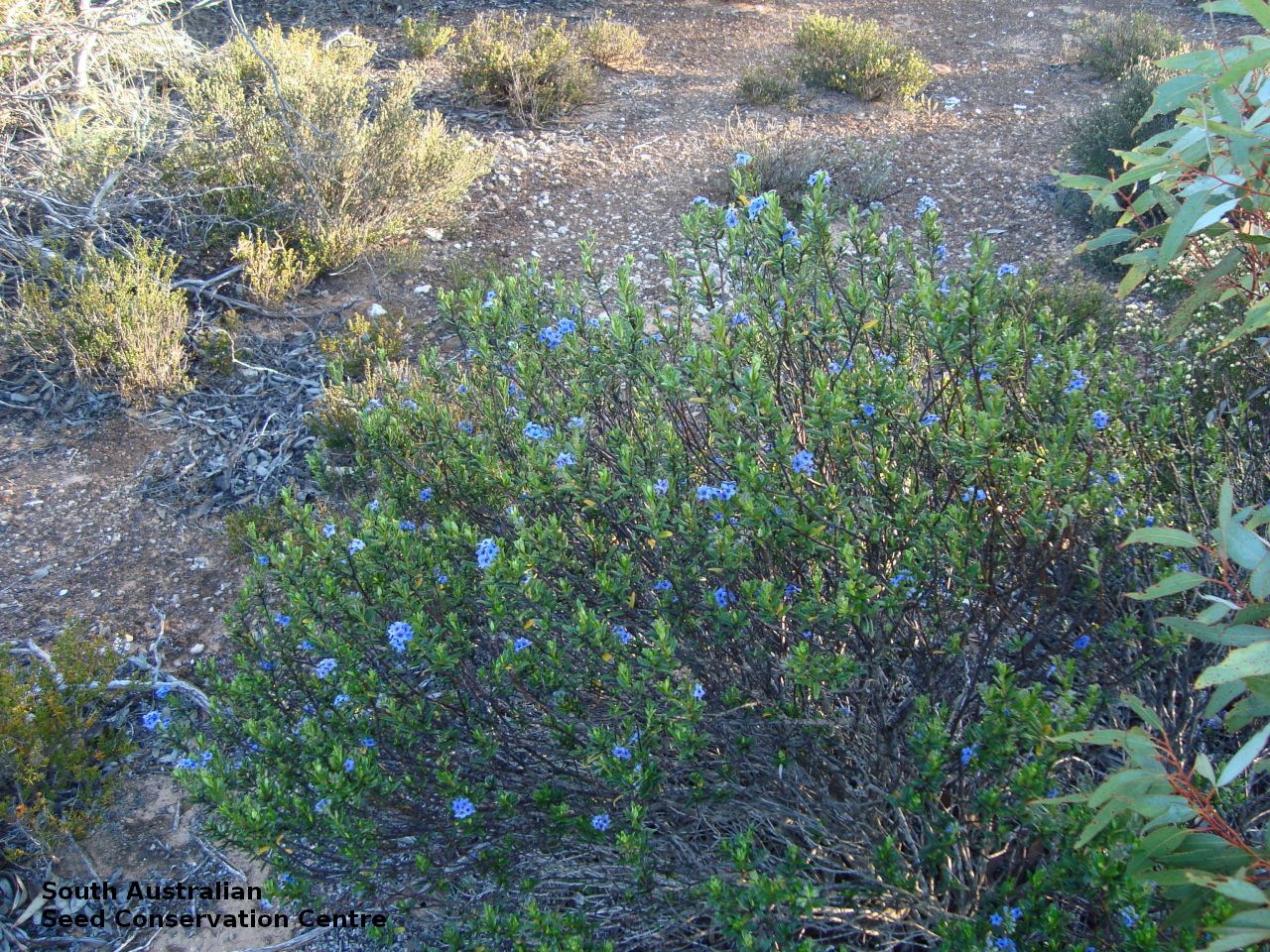
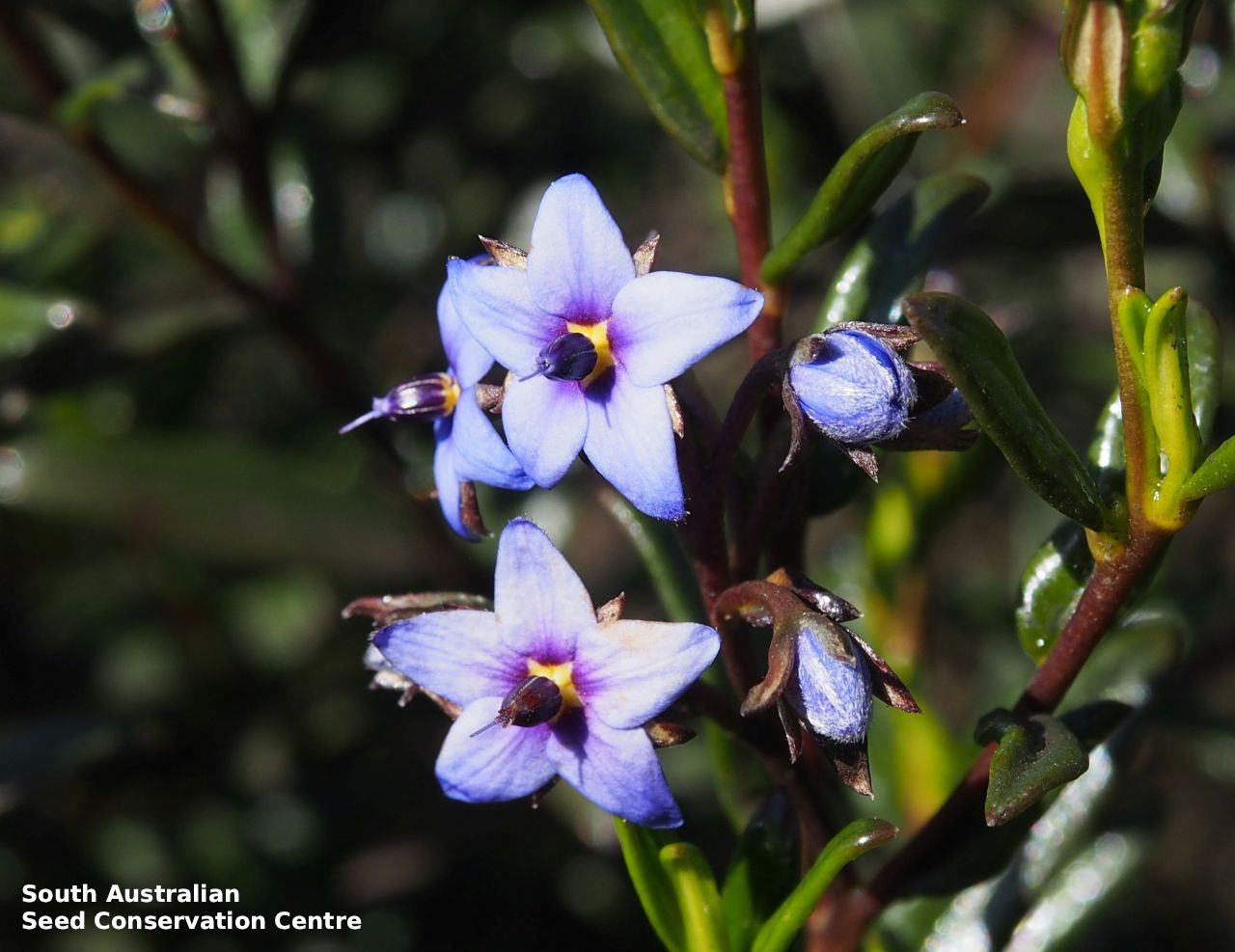
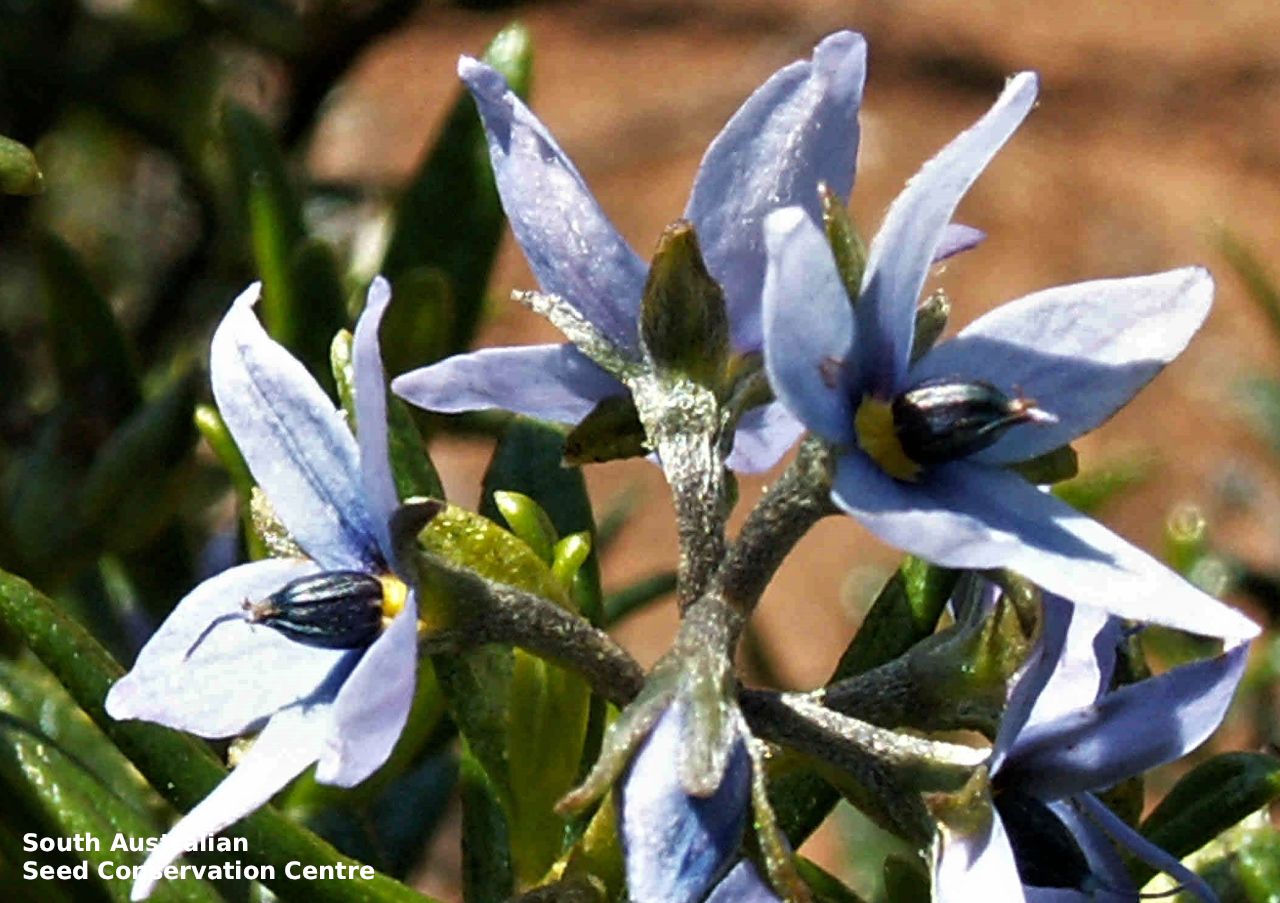
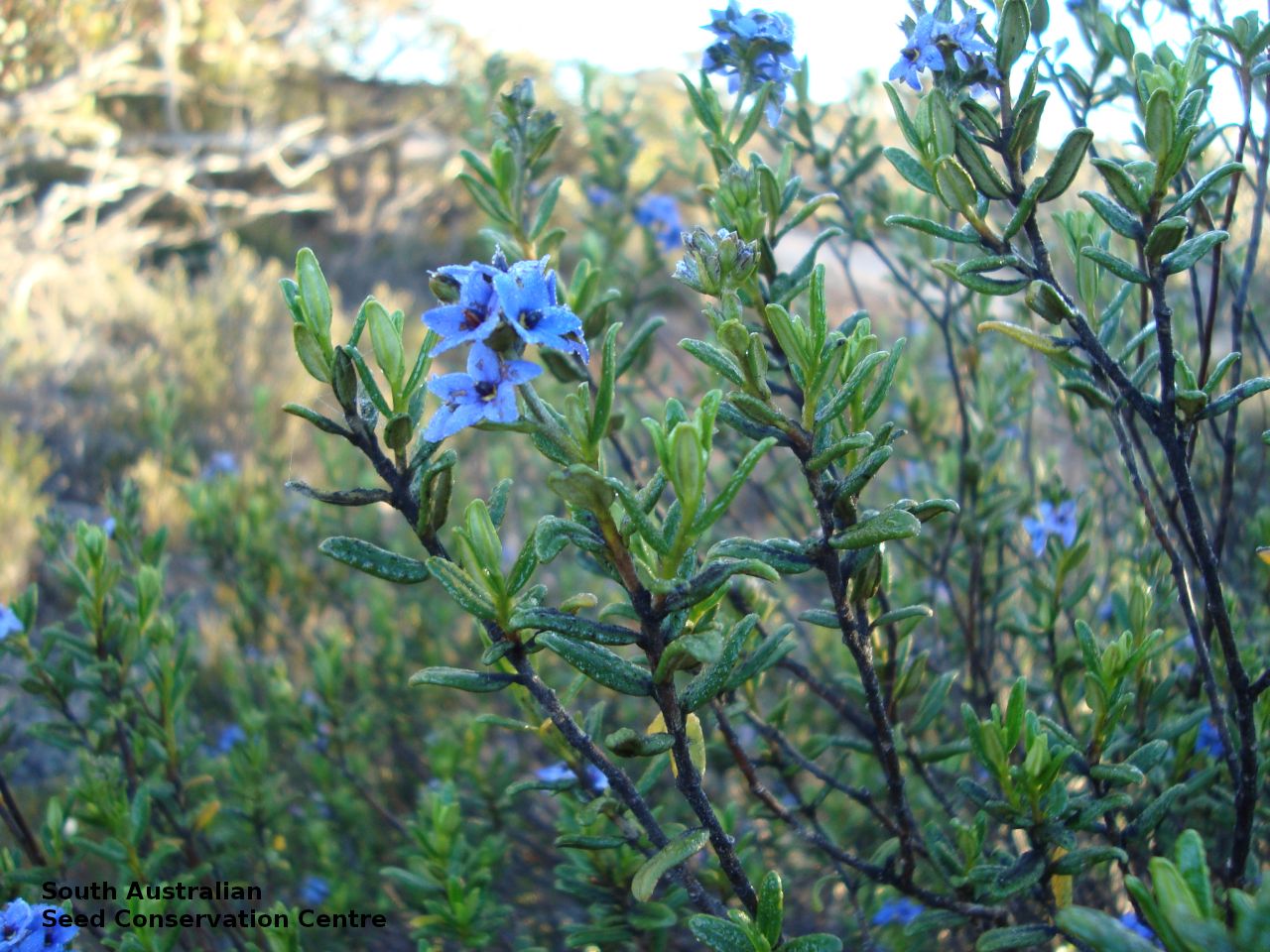
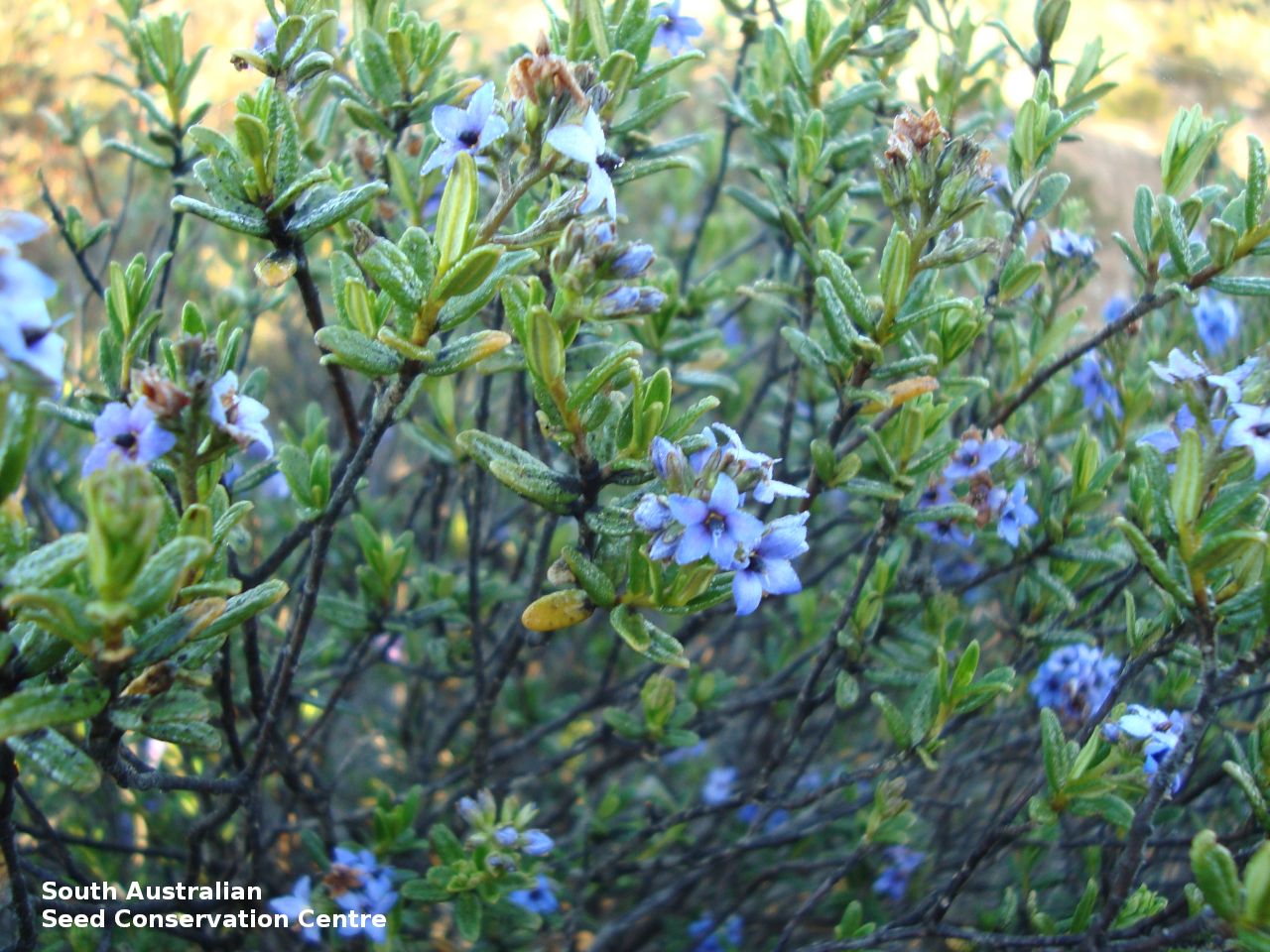
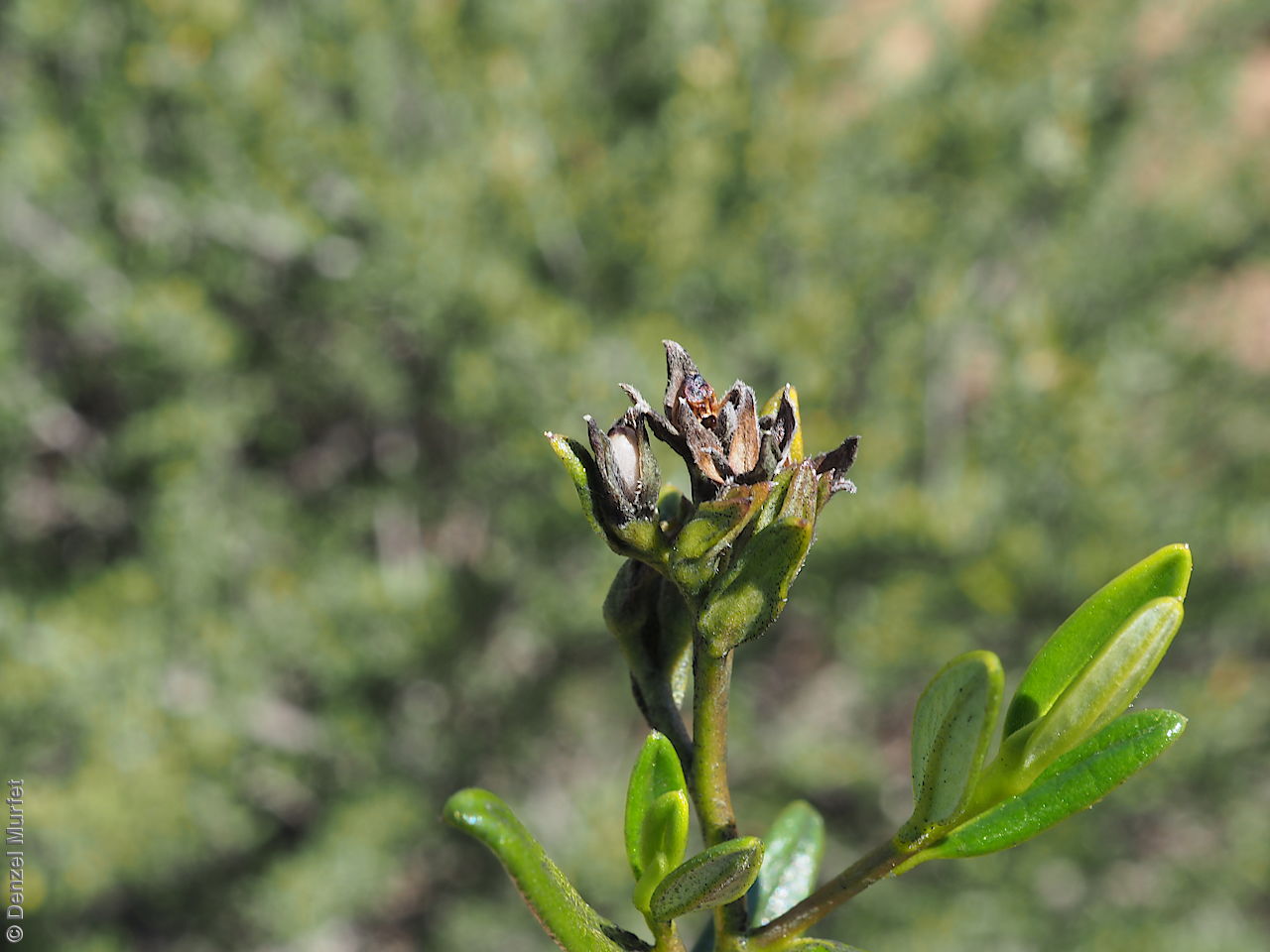
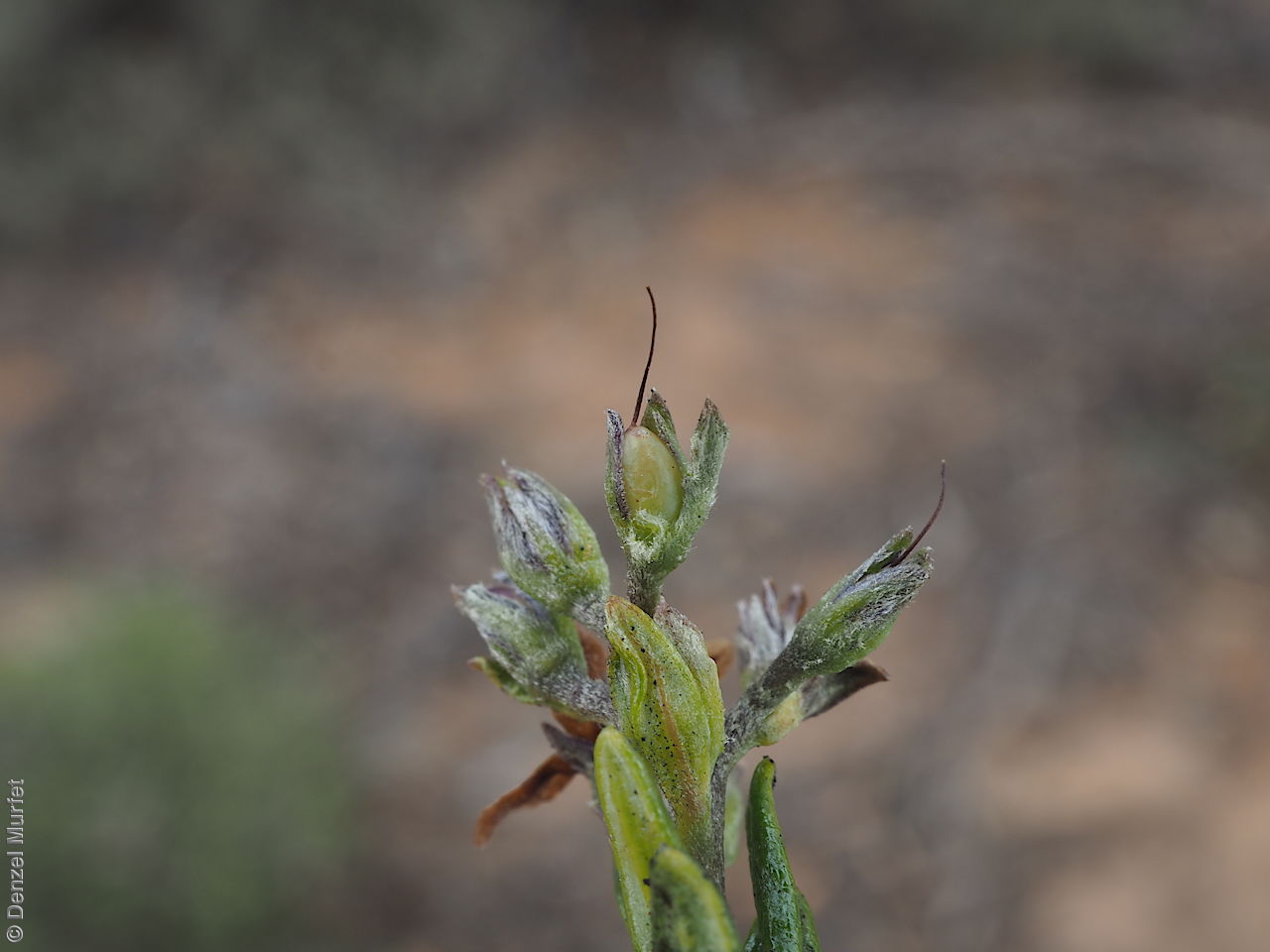
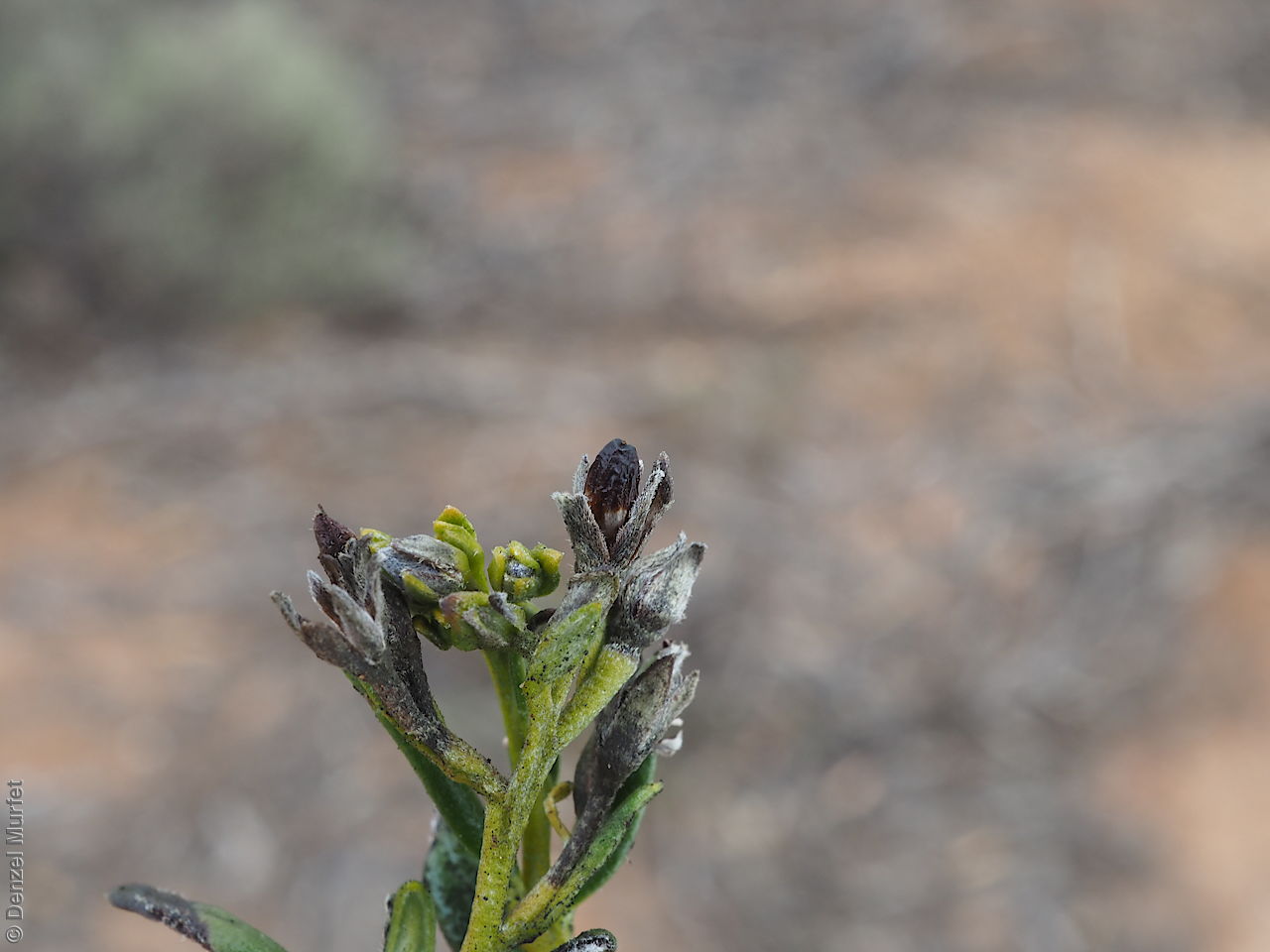
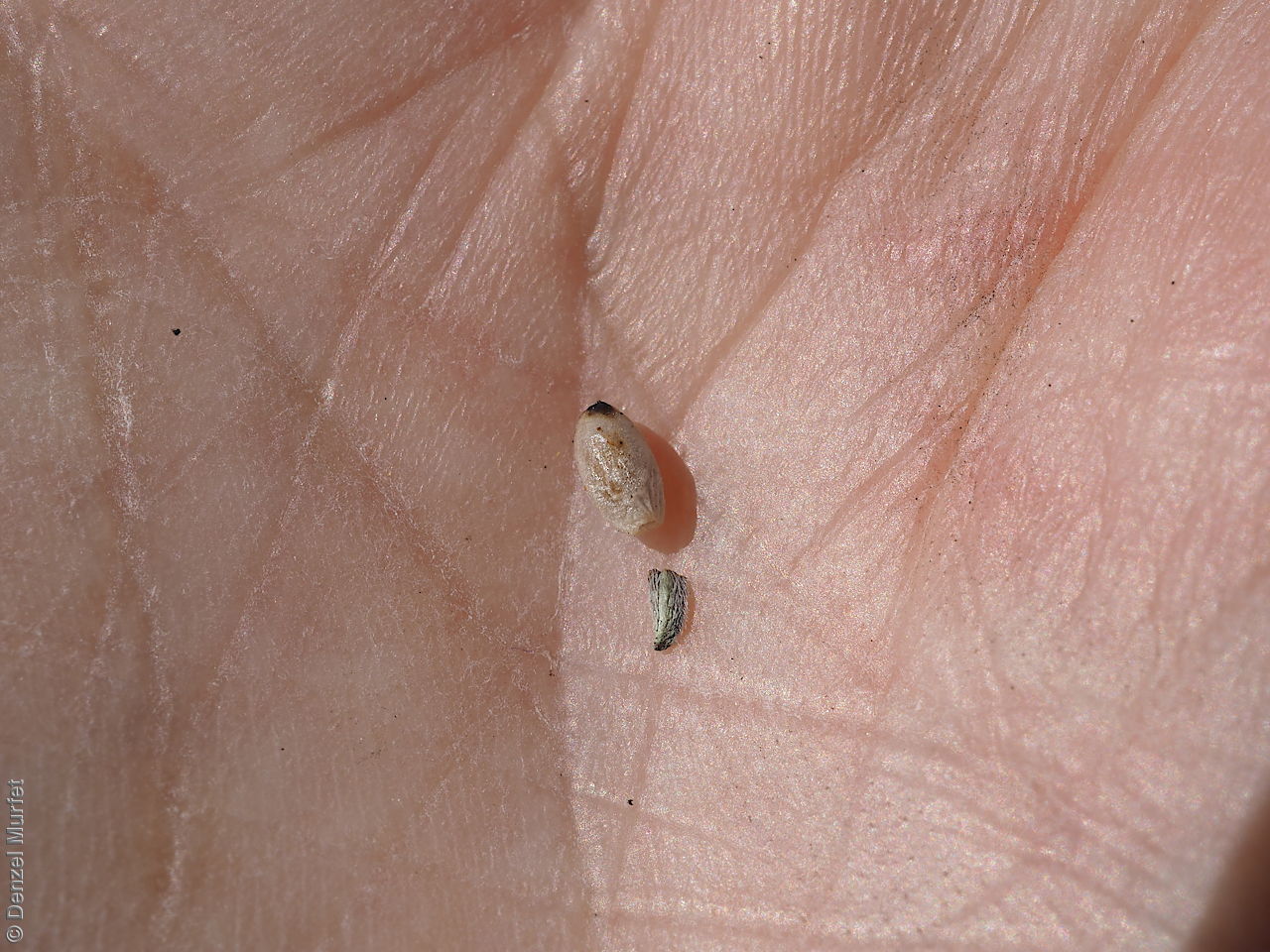
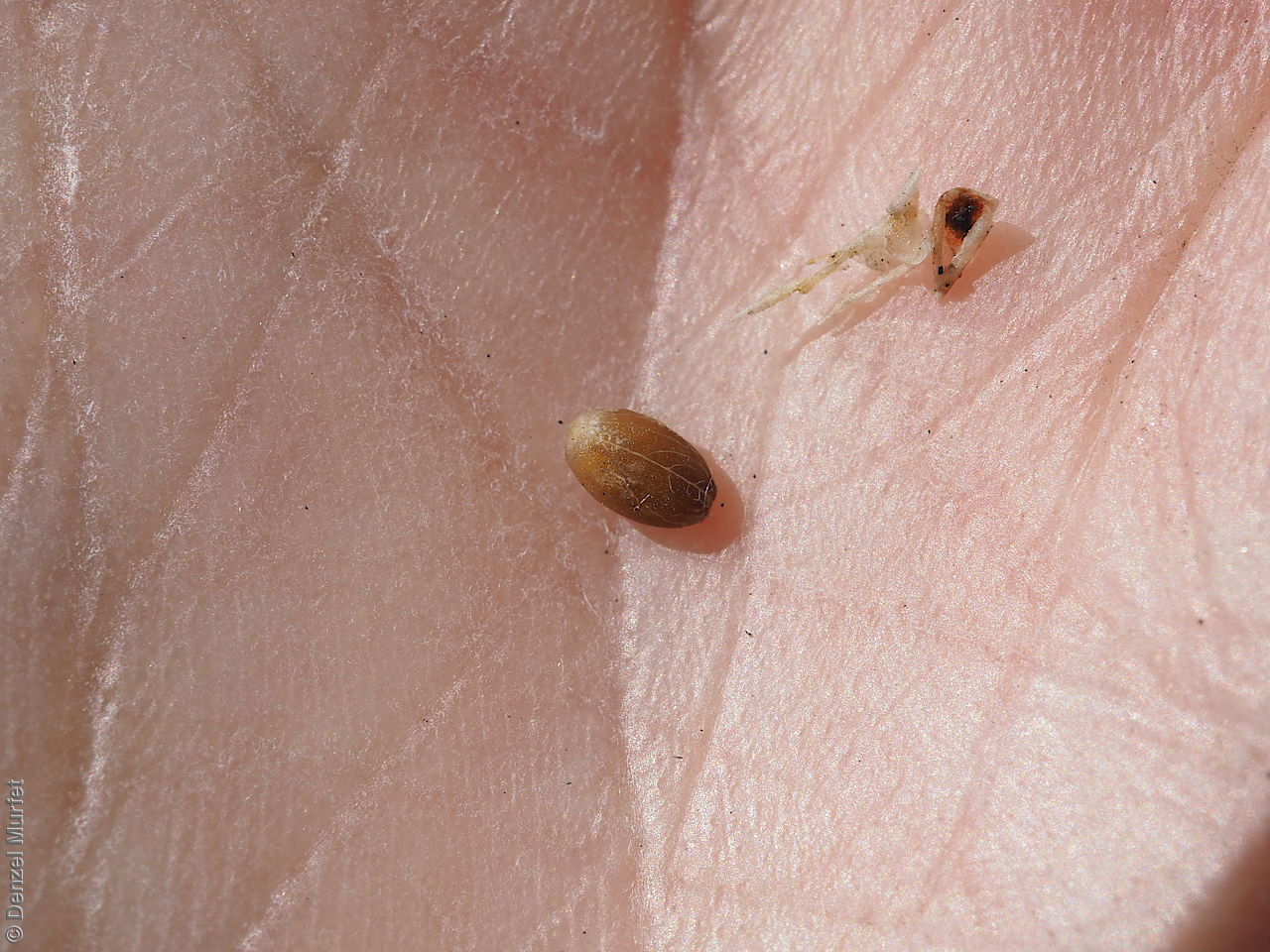
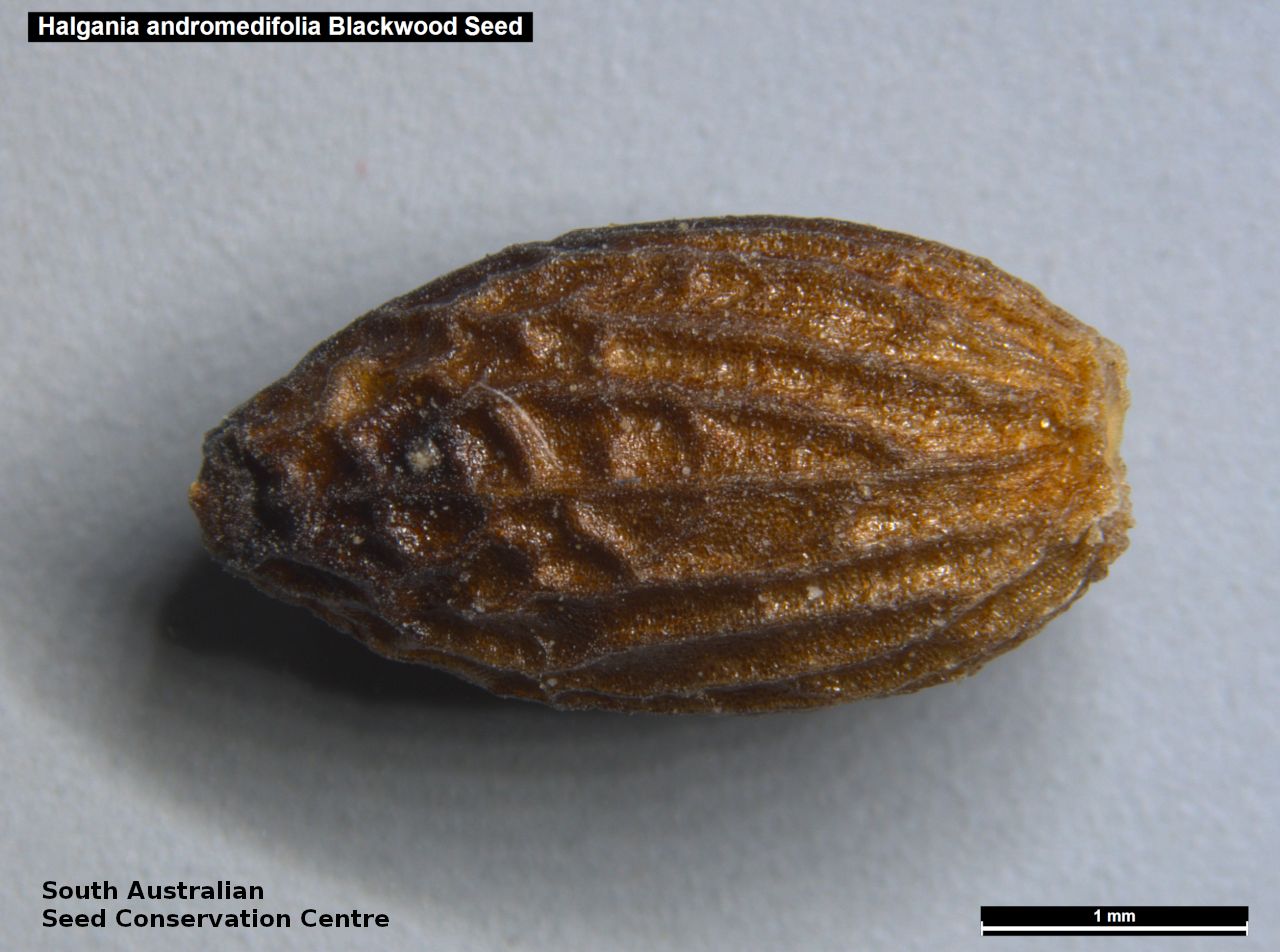
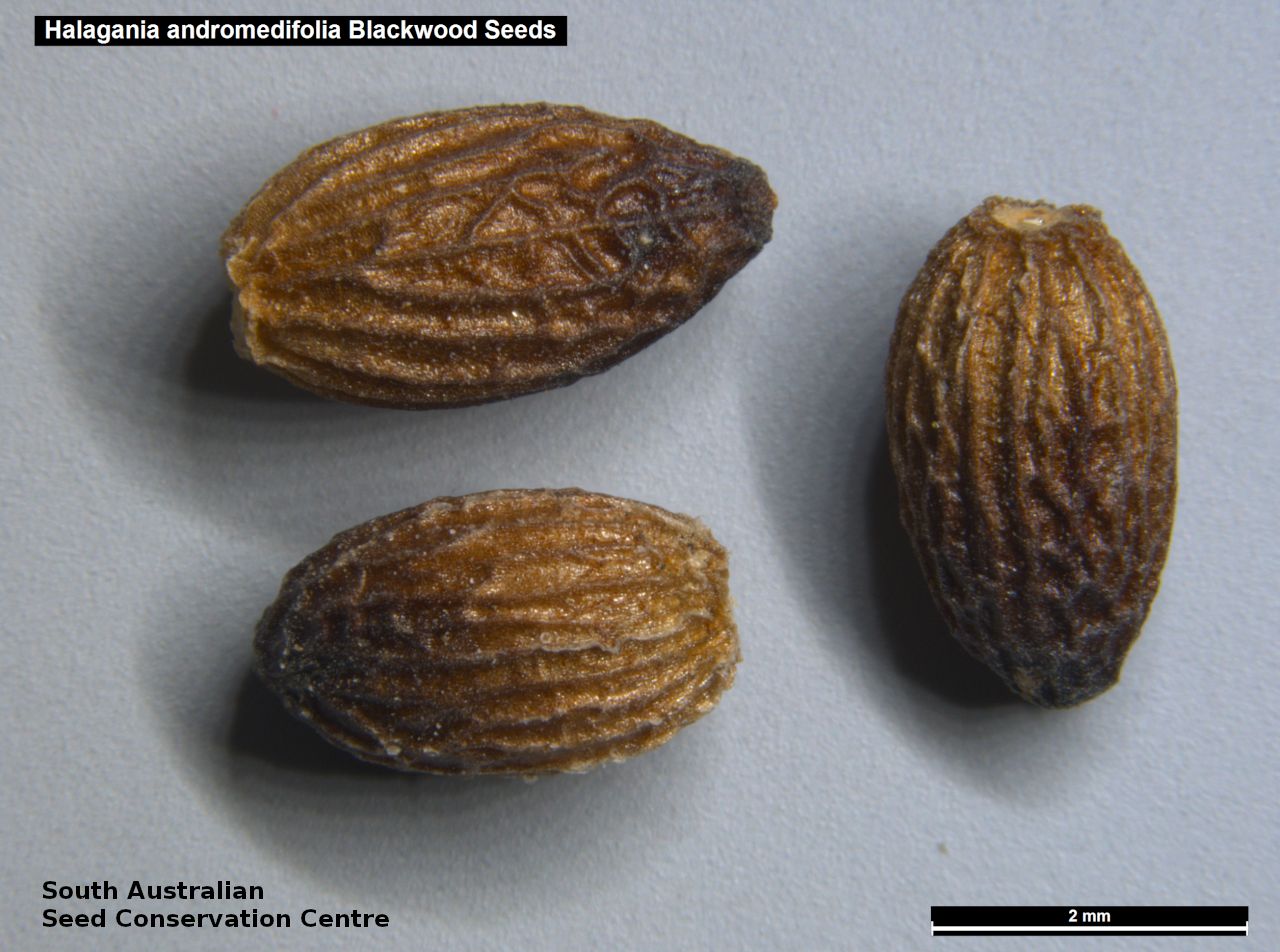
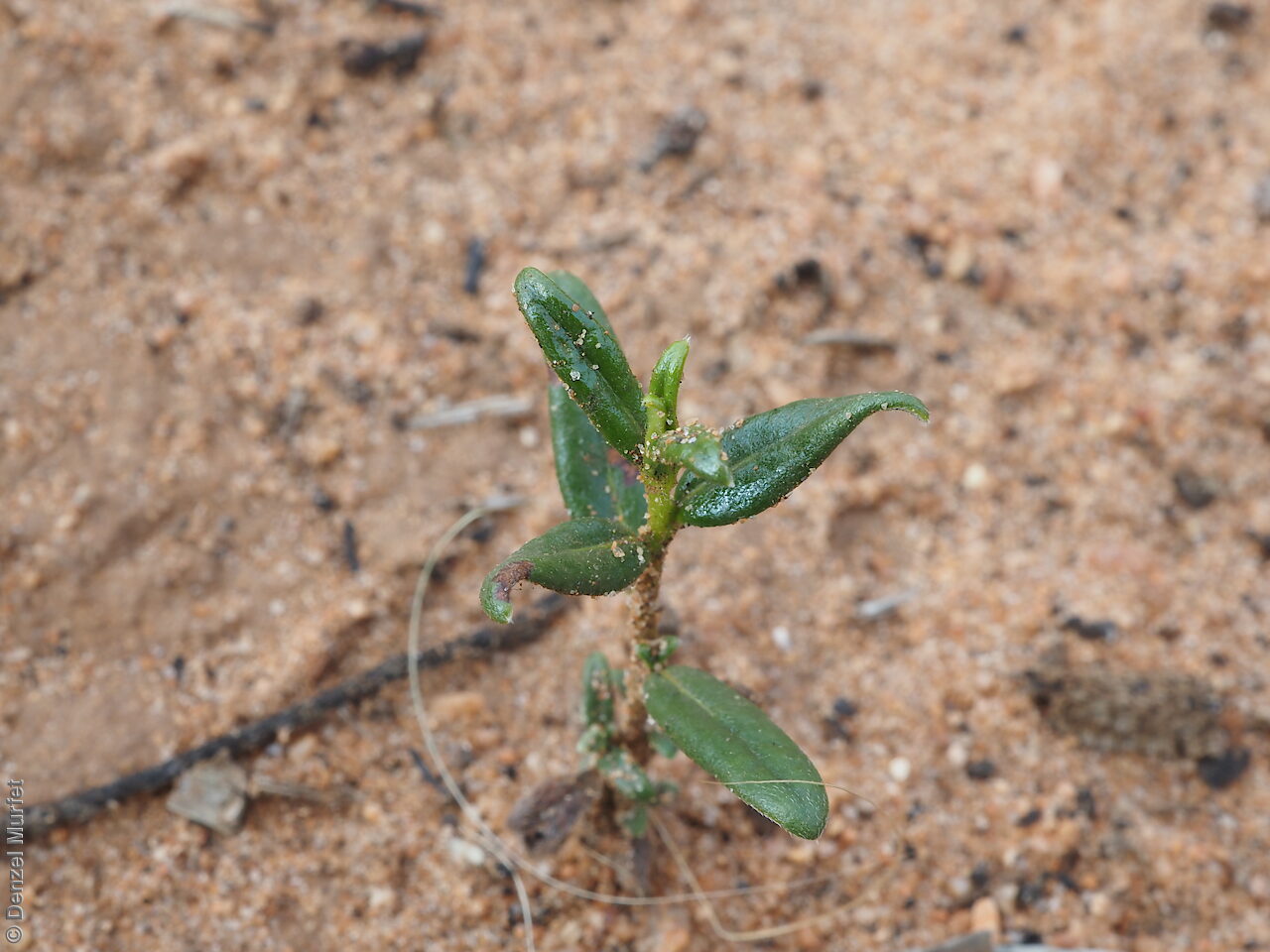
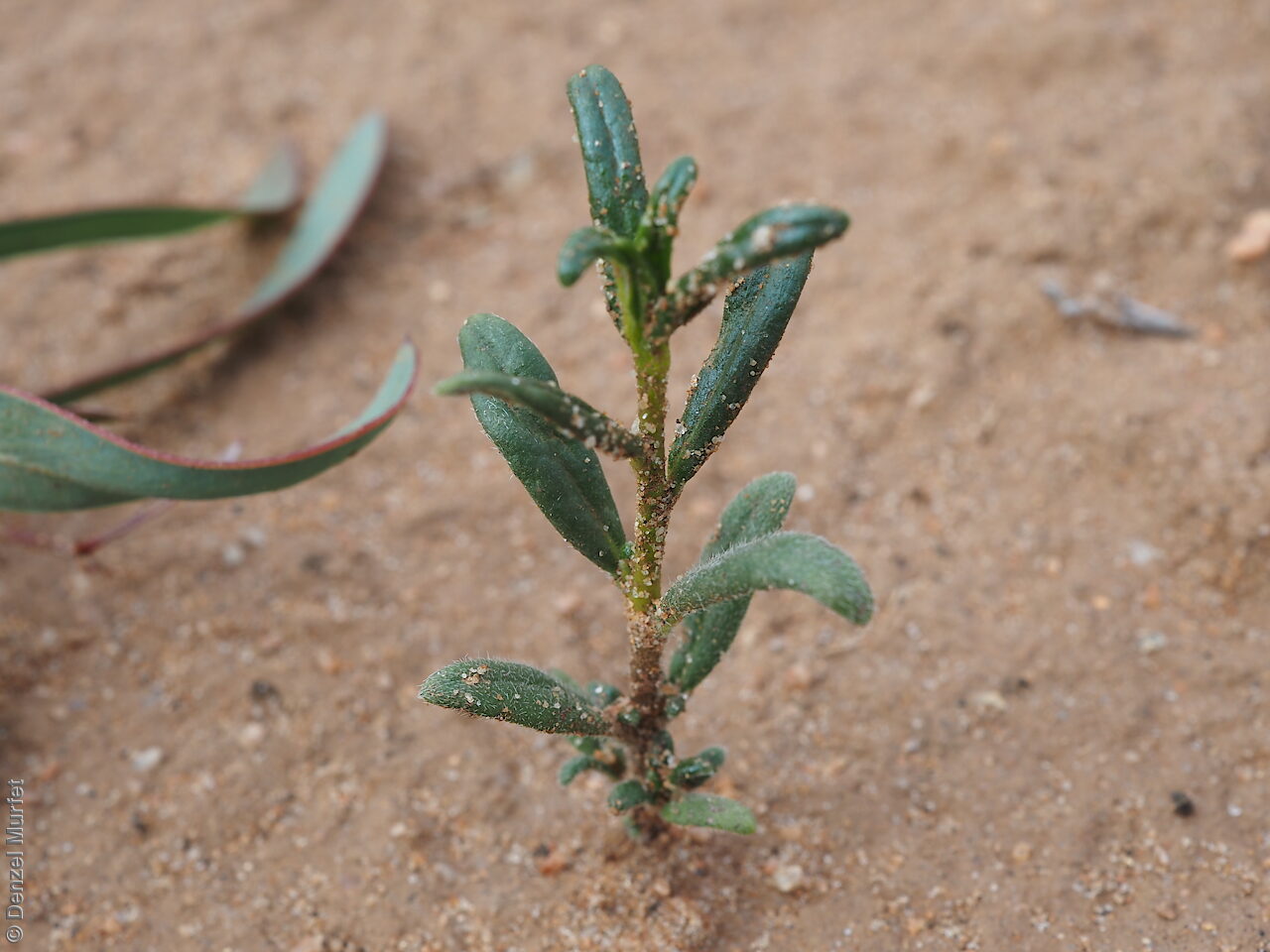

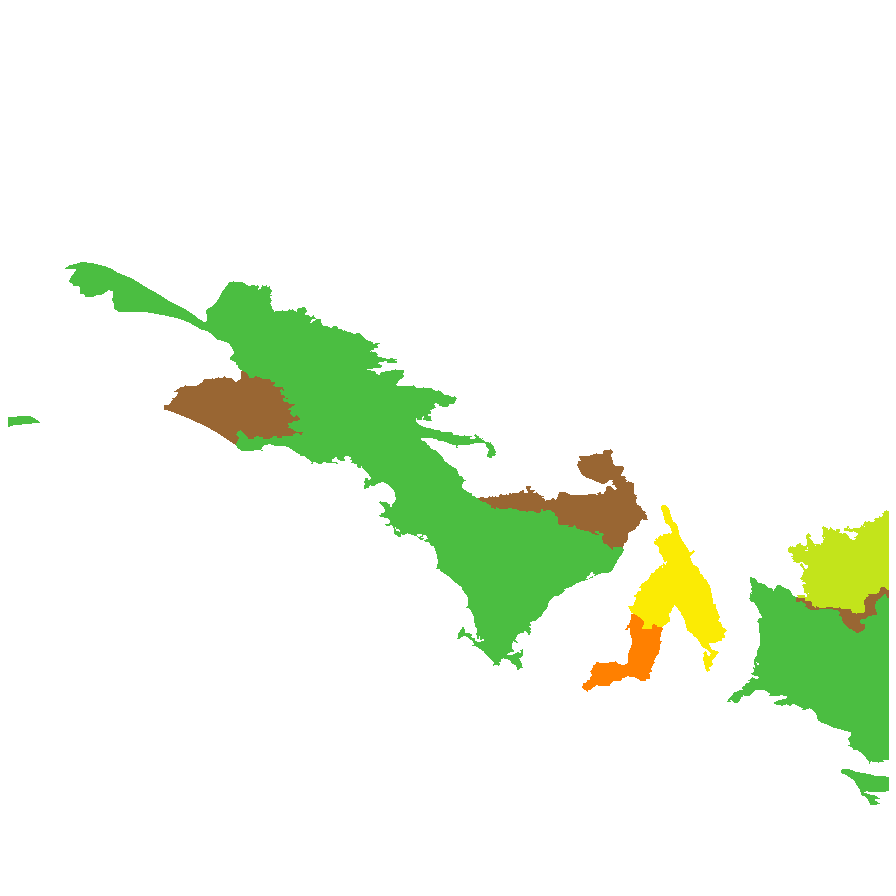
Botanical art
Prior names
Halgania lavandulacea
Common names
Smooth Blue-flower
Scented Blue-flower
Etymology
Halgania named in honour of Emmanuel Halgan (1771-1852), vice-admiral of the French navy. Andromedifolia means having foliage that resembles the genus Andromeda, which is named after Andromeda, the daughter of Cepheus and Cassiope, whom Perseus rescued from the sea monster.
Distribution and status
Found in upper southern part of South Australia, growing in in mallee communities. Also found in Western Australia, New South Wales and Victoria. Native. Common in South Australia. Common in the other States.
Herbarium regions: Nullarbor, Gairdner-Torrens, Eyre Peninsula, Northern Lofty, Murray, Yorke Peninsula
NRM regions: Alinytjara Wilurara, Eyre Peninsula, Northern and Yorke, South Australian Arid Lands, South Australian Murray-Darling Basin
AVH map: SA distribution map (external link)
Plant description
Perennial shrubs to 1.3 m high, usually little-branched; glutinous, densely covered with short forward-directed appressed hairs on the stems, soon wearing off. Leaves leathery with a recurved margin with few fine hairs above and densely hairy below; obtuse to rounded, oblong-elliptic rarely oblong-lanceolate,to 25 mm long and 7 mm. Inflorescence terminal with 1-5 clusters each with 1-3 deep-blue flowers. Flowering between August and October. Fruits are fruit indehiscent drupe, usually with 1 seed.
Seed collection and propagation
Collect seeds between November and December. Collect fruits that are maturing, fat and hard. Place the fruits in a tray and leave to dry for two weeks. Then rub the fruit gently to dislodge the seeds. Use a sieve to separate the unwanted material. Store the seeds with a desiccant such as dried silica beads or dry rice, in an air tight container in a cool and dry place.